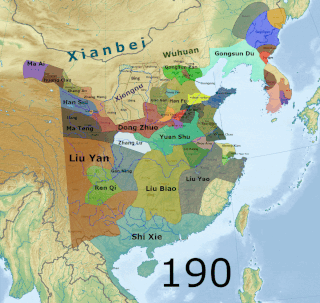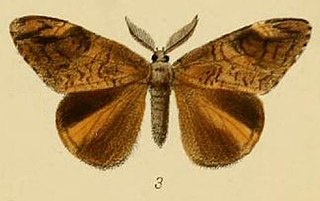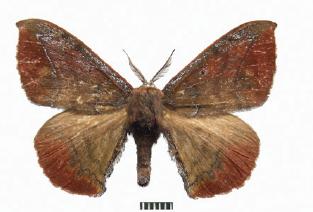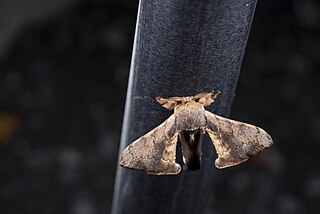
The Three Kingdoms of Cao Wei, Shu Han, and Eastern Wu dominated China from 220 to 280 AD following the end of the Han dynasty. This period was preceded by the Eastern Han dynasty and followed by the Western Jin dynasty. Academically, the periodisation begins with the establishment of Cao Wei in 220 and ends with the conquest of Wu by Jin in 280. The period immediately preceding the Three Kingdoms, from 184 to 220, was marked by chaotic infighting among warlords across China as Han authority collapsed. The period from 220 to 263 was marked by a comparatively stable arrangement between Cao Wei, Shu Han, and Eastern Wu. This stability broke down with the conquest of Shu by Wei in 263, followed by the usurpation of Cao Wei by Jin in 266 and ultimately the conquest of Wu by Jin in 280.

Sun Quan, courtesy name Zhongmou (仲謀), posthumously known as Emperor Da of Wu, was the founder of Eastern Wu, one of the Three Kingdoms of China. He inherited control of the warlord regime established by his elder brother, Sun Ce, in 200. He declared formal independence and ruled from November 222 to May 229 as the King of Wu and from May 229 to May 252 as the Emperor of Wu. Unlike his rivals Cao Cao and Liu Bei, Sun Quan was much younger and governed his state mostly separate of politics and ideology. He is sometimes portrayed as neutral considering he adopted a flexible foreign policy between his two rivals with the goal of pursuing the greatest interests for the country.

The Battle of Red Cliffs, also known as the Battle of Chibi, was a decisive naval battle in China that took place during the winter of AD 208–209. It was fought on the Yangtze River between the forces of warlords controlling different parts of the country during the end of the Han dynasty. The allied forces of Sun Quan, Liu Bei, and Liu Qi based south of the Yangtze defeated the numerically superior forces of the northern warlord Cao Cao. By doing so, Liu Bei and Sun Quan prevented Cao Cao from conquering any lands south of the Yangtze, frustrating Cao Cao's efforts to reunify the territories formerly held by the Eastern Han dynasty.

Heliothis is a genus of moths in the family Noctuidae. It was first described by Ferdinand Ochsenheimer in 1816. Some of the species have larvae which are agricultural pests on crop species such as tobacco, cotton, soybean and pigeon pea. Some species originally in this genus have been moved to other genera, see Chloridea and Helicoverpa.

Gunda is a genus of moths of the family Bombycidae. The genus was erected by Francis Walker in 1862. It is primarily an Oriental genus, found in India, China and South-east Asia.

The Bombycidae are a family of moths known as silkworm moths. The best-known species is Bombyx mori (Linnaeus), or domestic silk moth, native to northern China and domesticated for millennia. Another well-known species is Bombyx mandarina, also native to Asia.

Apatelodidae, the American silkworm moths, is a family of insects in the order Lepidoptera. They are a family within the superfamily Bombycoidea, though they have in the past been considered a subfamily of Bombycidae.

Aroa is a genus of moths in the subfamily Lymantriinae first described by Francis Walker in 1855. Species are distributed in South Africa, China, throughout India, Sri Lanka, Myanmar, and Java.

Andraca bipunctata is a moth of the family Endromidae. It is found in China (Yunnan), India, Bhutan, northern Thailand, Myanmar and Nepal. The larvae are referred to as bunch caterpillars.

Mustilia is a genus of moths of the family Endromidae. The genus was previously placed in the subfamily Prismostictinae of the family Bombycidae.

Prismosticta is a genus of moths of the family Endromidae first described by Arthur Gardiner Butler in 1880. The genus was previously placed in the subfamily Prismostictinae of the family Bombycidae.
Pseudandraca is a monotypic moth genus of the family Endromidae erected by Tamotsu Miyata in 1970. The genus was previously placed in the subfamily Prismostictinae of the family Bombycidae. Its only species, Pseudandraca gracilis, was described by Arthur Gardiner Butler in 1885. It is found in Japan.

Phiditiidae is a family of moths. The family used to be placed as a subfamily (Phiditiinae) in the family Bombycidae.
Elachyophtalma is a genus of moths of the family Bombycidae. The genus was erected by Cajetan Felder in 1861.

Trilocha varians, the Greenish silk-moth is a moth in the family Bombycidae described by Francis Walker in 1855. It is widespread in the Oriental region from India, Sri Lanka, China, extending to Taiwan, the Philippines, Pakistan, Sulawesi and Java.
Bivincula diaphana is a moth in the family Bombycidae. It was described by Frederic Moore in 1879. It is found in the eastern Himalayas.
Bombyx horsfieldi is a moth in the family Bombycidae. It was described by Frederic Moore in 1860. It is found in Taiwan.
Rondotia menciana is a moth in the family Bombycidae. It was described by Frederic Moore in 1885. It is found in Zhejiang, China.

Mustilizans hepatica is a moth in the family Endromidae. It was described by Frederic Moore in 1879. It is found in India, Thailand and Peninsular Malaysia.












